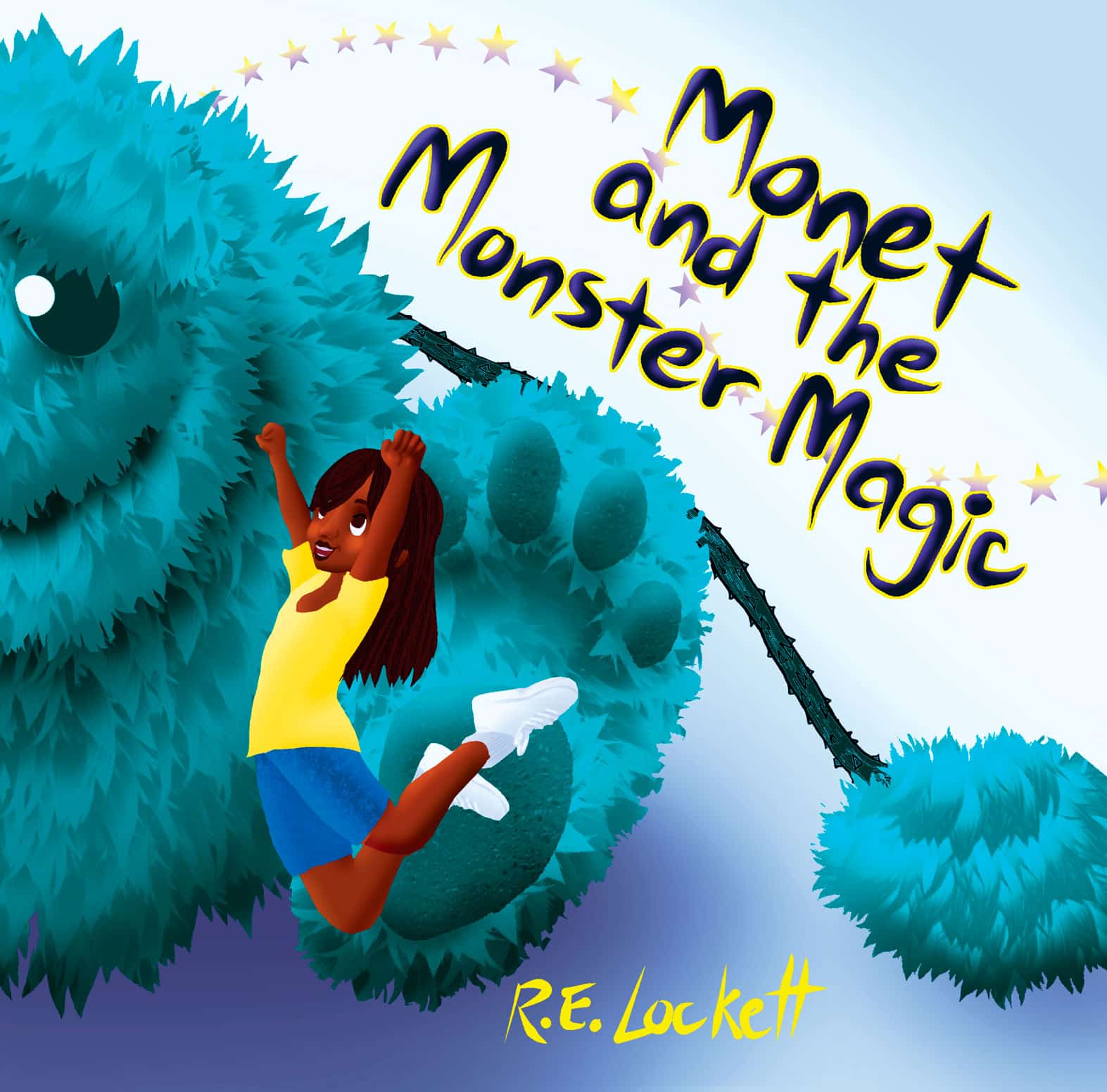Your cart is currently empty!
Death and it’s Brilliant Life in Fiction

in
Disclaimer: This post may contain affiliate links for books we recommend. If you make a purchase through these links, at no additional cost to you, we may earn a small commission. See our full Terms of Use here.
For as long as people have told stories, they’ve used death to show the finality of characters’ lives and their own fears of mortality in the audience. Death serves many purposes within fiction, but its exact nature can vary widely depending on the point of view of the author and the context in which it occurs. No matter how you choose to use death in your fiction, however, there are some universal truths that every writer should know before tackling this powerful topic.
Death as Motivation
In fiction, death is often a character’s motivation. There are countless stories where someone lost their life, and now their family wants to avenge them. Although it may seem like we use death as a blunt tool to move a plot forward, it can have much more significance. In John Steinbeck’s East of Eden, Cathy Ames sees her own experience mirrored by that of her dead mother and becomes an entirely different person who finally has some semblance of what it means to be alive.
Similarly, Hamlet spends most of his story trying to exact revenge for his father, King Hamlet—and although he accomplishes that task at last through bloody murder, Hamlet gains far more from learning who he really is than from gaining a pound of flesh. It seems obvious at first glance: characters use death as fuel for action and passion in narratives all over literature. But there’s so much nuance here beyond just oh I see why you would use your parent’s or child’s death to push your character into doing something! Well done you! Instead, these tragedies—or accidental deaths or murders—can deepen our understanding of characters both within a story and outside one.
Death as Ritual
There’s something inherently fascinating about death, especially with fictional characters. Why is it a character’s death can completely enrage us, yet also moved to tears? Why is it we find value in certain character deaths and not others? We aren’t reading about real people—we can accept (for example) a murder victim as an unfortunate part of a detective novel without having our own feelings towards homicide affected. So, what makes one character’s death stick with us more than another?
The answer may lie in ritual. Whether characters are aware of their impending doom or ignorant until it’s too late (think The Sixth Sense), most fictional deaths follow a somewhat formulaic structure. What does ritual do for us? To put it simply, a pattern like death creates order where there might otherwise be chaos. By following specific steps each time we go through a process (like dying), we know how things will play out before they happen—and afterwards. This predictability comforts us; if things don’t go according to plan… well, plans rarely go off exactly as intended, anyway.
Ritual also promotes progression: knowing that things will probably turn out well after death means that you have nothing to lose by being aggressive; you’ll still end up at your ultimate destination regardless of how hard you push yourself on route there.
Finally, ritual helps us cope. Not only do we need some sort of closure regarding our lives, but seeing other characters deal with death allows us to feel okay about it ourselves—after all, someone else went through it successfully, so perhaps we’ll make it out alive as well. I’ll link these two points using Dracula, which follows both dramatic death scenes and classic vampire folklore to create an atmosphere in which any random character has a chance of getting picked off next… while forcing several other characters into unnatural sleep during daytime hours before setting them free again at nightfall. For someone who’s terrified by vampires, surviving Dracula must feel akin to living inside her own personal Hollywood horror movie!
Death as Catalyst
In both film and literature, we often use death as a catalyst for significant change. Some stories hinge on its use as a plot device—the inciting incident that gets everything going. Others use it to illustrate how even life’s most terrible moments can be valuable for their ability to bring people together. For example, The Fault in Our Stars uses death to give Hazel and Gus’ relationship new meaning and drive.
While death is an unavoidable part of life, fiction gives us the opportunity to reflect on what it means and how we live our lives by showing us how others handle theirs—especially when they’ve lived short ones. Understanding that helps us find value in ourselves as well. No matter what your interests or goals are, no matter where you are in your career or your day-to-day life, there is value to be found somewhere. Whether you’re living out your dreams or daydreaming about doing so, you always have something special to add—even if it doesn’t seem like it sometimes.
Looking at death through fiction gives us insight into genuine life, love, and loss. This can help us learn not only why others should appreciate us but also how we should appreciate them as well; even more important than that, though, it shows us why we should appreciate ourselves.
Death as Plot Device
A common occurrence in fiction is death as a plot device. It doesn’t matter if it’s a main character or minor character, everyone dies. If you are considering killing someone off, think about whether that death has any real meaning to your story. If it does, great! Write on. However, if it seems like a hollow addition to your story and there’s no other reason for their death to occur besides adding some excitement, then consider replacing that with something else that is more purposeful to your story (another conflict? A betrayal? Someone lying unconscious on the ground?).
The removal of one detail may add to your overall story by allowing another to take its place. If they die—who gets their stuff? Often when characters die, a lot of authors will just jump into what new things they can gain from those characters passing. Do you do that? Consider instead changing things so those objects don’t exist anymore (or at least change what they can do). This allows room for another set of elements in your world, which helps change how we view reality and challenge expectations throughout a book. Just because people love The Lord of the Rings, doesn’t mean we should all be writing books with spellbound doors; but books where magical items have changed based on previous experience might really bring magic back into our worlds!
Death as Message
Readers will often interpret characters’ deaths as a message or lesson. In these cases, death is used to emphasize how precarious life is. This practice is most common among characters who the writer hopes will elicit emotional responses from readers. For example, we often use death to get readers to empathize with a protagonist or champion their cause. Other times, authors use tragic deaths to impart wisdom (e.g., what not to do) or teach important lessons (e.g., those who don’t learn from history are doomed to repeat it). If your goal is to convey something significant through character death, make sure you choose your victims wisely—or you might end up with a message that no one likes!
Death as Tragedy
One of our greatest fears is death; we hope it never happens. When it does, we grieve. But even though death is inevitable, rarely do fiction writers truly allow their characters to come to terms with what that means. In real life, grieving and mourning are a slow process as we accept that our loved one won’t be around anymore. But in fiction, someone usually dies suddenly or violently and then they’re gone—the end. Perhaps some grief will linger on, but otherwise, there’s no working through it. When a character dies unexpectedly or violently at the hands of another character or from an outside force like disease or natural disaster, it could (and often does) make for great drama.
Tragedy is drama. A tragedy involves an individual and all those around them, led to self-destruction by a tragic flaw or fatal character flaw. In Shakespeare’s tragedies (the most famous being Hamlet), death often comes at a critical turning point, especially when an individual cannot act on crucial information. For example, in Shakespeare’s play Julius Caesar, Mark Antony is murdered during his funeral.
This leads to more chaos among Caesar’s political supporters, who cannot understand that Brutus has killed Antony not because he thinks Caesar shouldn’t be honored, but because he wants revenge for Caesar’s death. The result of Brutus’ actions is destruction as civil war breaks out shortly after Caesar’s murder. Because no one could stop their vengeful behavior, they suffer before Rome finally emerges under Augustus Caesar (who turns out to have been part of Marcus Antonius’ plot all along).
Death as Mystery
There’s something morbidly exciting about murder mysteries. Even if you don’t know who killed poor Mr. Boddy, there’s a certain thrill to solving even an imaginary crime. This isn’t entirely surprising: although we might not like to admit it, death is terrifying. When it happens at our own hands (either actively or passively), and when we do not know how or why it happened, it can feel almost suffocating. We want answers; understanding gives us power over both death and fear. The death of a fictional character offers all these things and more—and that’s why so many readers get hooked on murder mysteries!
One of my favorite things about reading mysteries is that they often lead to some serious contemplation. There’s something enticing about death—the fact that it’s so out of our control is fascinating to me, and what better way to think about mortality than through a good mystery? When you have time, try watching Sherlock (another substantial source for death-related contemplation) or pick up any thriller by Gillian Flynn—you won’t regret it. If all else fails, at least you’ll get an entertaining story!
Death From Behind the Scenes
In real life, we don’t know when death will come, and that has always been true. But now, more than ever before, we can imagine a world without death—thanks to medicine and technology. What does it mean for storytelling if characters can’t die? Will death remain an important part of narrative? If not, what purpose does it serve?
In literature, death is a versatile character. As humans try to make sense of death, they look at life’s most popular stories. Themes involving death are prevalent throughout fiction; after all, when was the last time you read a story without at least one death? What’s more interesting is how writers use death as an active agent rather than just an element of storytelling. Whether it’s exposing characters’ motivations or tricking readers into turning pages faster—death is used strategically and often memorably.
We’re entering a world where our lack of understanding regarding death will become increasingly unrealistic. But even if science catches up and surpasses our imagination, we’ll always need stories to explore themes like love, greed, hate, ambition—and yes… even death. So perhaps our best bet is to embrace uncertainty by seeking innovative ways for authors and artists to integrate mortality into fictional worlds.
We’ll always be curious about death—no matter how it’s presented—because it promises change and fulfillment from deep within ourselves. Fictional deaths will never replace real ones—but maybe we should let both remind us that nothing lasts forever.
-R.E.

